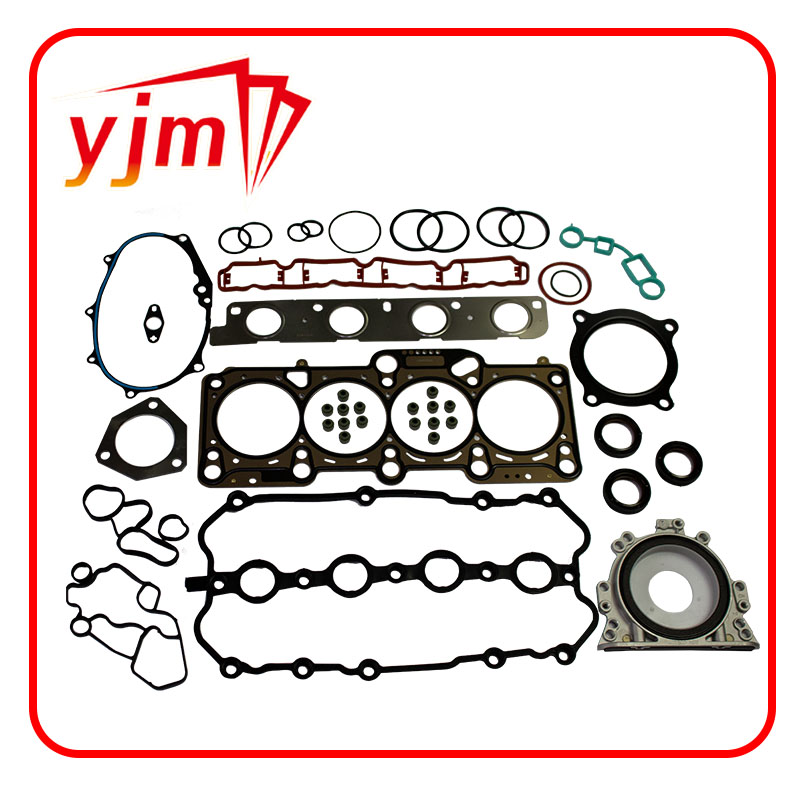bonded seal dimensions
Understanding Bonded Seal Dimensions An Essential Aspect of Sealing Technology
In industrial applications, the integrity of seals is paramount for ensuring the efficiency and safety of various systems. One of the critical components used in sealing technologies is the bonded seal, also known as a bonded washer. This specific type of seal is designed to provide exceptional performance, particularly in applications involving high pressure and extreme environmental conditions. Understanding bonded seal dimensions is crucial for engineers and designers to ensure optimal performance in their applications.
What is a Bonded Seal?
A bonded seal consists of a metallic outer ring with a rubber sealing element bonded to its inner surface. This unique construction provides the characteristics of both metal and elastomer seals. The metal ring offers strength and can endure substantial compressive forces, while the rubber provides flexibility and resilience that ensures a tight seal against fluid or gas leakage. Bonded seals are widely used in automotive, aerospace, and machinery industries, where reliable sealing is a must.
Importance of Seal Dimensions
The dimensions of a bonded seal primarily influence its performance and suitability for specific applications. Selecting the correct dimensions ensures that the seal can effectively handle the pressure, temperature, and chemical exposure it will encounter. There are several key dimensions to consider when evaluating bonded seals
1. Outer Diameter (OD) This dimension refers to the total diameter of the outer metallic ring. It is vital for ensuring a proper fit in the housing or assembly where the seal will be used. An incorrect OD will result in inadequate sealing or damage to the sealing surfaces.
2. Inner Diameter (ID) The inner diameter measures the size of the hole that the bonded seal will fit into. This dimension should match the specifications of the bolt or shaft it is meant to seal against. A poorly matched ID can lead to seal failure and potential leaks.
3. Thickness The thickness of the bonded seal affects its compression and ability to retain sealing integrity under varying pressures. A thicker seal may offer more compression resistance but could be too rigid for certain applications, whereas a thinner seal may compress easily but may not withstand higher pressures.
bonded seal dimensions

4. Bonding Layer The thickness and material properties of the bonding layer between the metal and rubber components are also fundamental. This layer is essential for the performance of the seal, as it must ensure a strong bond capable of withstanding mechanical and thermal stresses without degrading.
5. Material Selection While not a physical dimension, the materials used in both the metal and rubber components of the bonded seal are critical. The right material selection based on the application's operational environment influences the seal’s durability and effectiveness.
Choosing the Right Bonded Seal
When selecting a bonded seal, it's crucial to refer to standard dimensions outlined by industry guidelines, such as those from the International Organization for Standardization (ISO) or specific automotive industry standards. These guidelines provide detailed information about common bonded seal sizes, allowing engineers to choose the appropriate seal for their specific requirements.
In many cases, custom dimensions may be necessary to meet unique operational demands. Collaborating with manufacturers who specialize in custom sealing solutions allows companies to create seals tailored to their specifications without compromising performance.
Conclusion
The importance of understanding bonded seal dimensions cannot be overstated. Proper dimension selection ensures leakage prevention, enhances equipment reliability, and minimizes maintenance costs. Given the variety of applications and challenges that bonded seals face, engineers must be diligent in their selection process, considering the interplay between the various dimensions and material properties for optimal performance.
In conclusion, bonded seals are vital components in many engineering systems, and a thorough understanding of their dimensions and material characteristics ensures that they perform as intended. By leveraging industry standards and collaborating with knowledgeable manufacturers, businesses can secure the integrity of their systems and ultimately ensure operational success.
-
The Ultimate Guide to Boat Propeller Bearings and Trailer Wheel Bearings
News Jul.31,2025
-
The Essential Guide to Marine Bearings and Boat Trailer Wheel Bearings
News Jul.31,2025
-
The Complete Guide to Heavy Duty Seals: Protecting Doors and Spaces Efficiently
News Jul.31,2025
-
Essential Guide to Marine Shaft Bearings and Boat Trailer Axle Bearings
News Jul.31,2025
-
Comprehensive Guide to Marine and Trailer Bearings for Safe Boating and Transport
News Jul.31,2025
-
Comprehensive Guide to Automotive Oil Seals: Protecting Your Engine and Shafts
News Jul.31,2025
-
Understanding Automotive Oil Seals: Essential Components for Engine and Shaft Protection
News Jul.30,2025
Products categories















